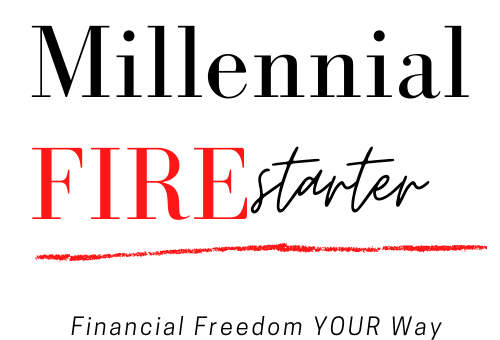
Having an emergency fund can serve as a safety net when unexpected cirumstances come up. No matter what your financial situation is, you should always have funds available to cover fixed expenses. If you don’t have an emergency fund, you are in the right place! These are some rules of thumb when it comes go building an emergency fund.
I may earn a small commission for affiliate links in this post at no extra cost to you. Please read my disclaimer for more information.
How large should your emergency fund be?
Expenses to include in your emergency fund
To set up an emergency fund, you will need to know how much you need to save to cover the bare necessities. Make sure you have a budget in place to calculate this amount for you and your family. Emergency fund expenses should include housing costs, food, medical insurance, and transportation. It should also include other fixed costs that you have that are essential for your income. This could include internet, phone service, and childcare. You should not include things that are not considered necessities such as subscriptions and money for going out.
How many months of saving you should set aside
Once you have your buddget for a given month you should multiply it by 3-6 months. The stability of your job will determine how many months you should save for. If you work freelance you may want to consider doing 9 months. You know your situation best. For example, if your total fixed expenses each month are $2,000 and you are saving for a 6 month emergency fund, you will need $12,000.
Where should you keep your emergency fund?
Determine your risk tolerance
Some people are more conservative about where they keep their emergency fund than others. More conservative savers will keep their emergency fund in a high-yield savings account. People who prefer not to hold large amounts of cash may keep their emergency fund in a mix of stocks and bonds, with a little bit of cash set aside. This will ultimately be based on how many assets you have and how easy it is do liquidate them. For most people this would be the equity in their home. During the pandemic many people had liquidity issues since most major banks were suspending new HELOCs. While there are risks and rewards to both, it is always a best practice not to put more in the market than you can afford to lose.
Easily accessible but out of reach
An emergency fund should be in cash or assets that you can liquidate quickly while not being available at your fingertips. Once you have built up your emergency fund, park it into an account that you do not access regularly and pretend it isn’t there. You do not want to be tempted to dip into your emergency fund for casual expenses. You also should not use your emergency fund for expenses that can be anticipated. For example, car maintenance is not an emergency expense. This is somehting that should be a part of your budget that can be saved for every month.
How to get started building an emergency fund
Try to start small
The best way to get started is to reinforce the habit of putting money aside. Even if you are only saving a small amount, getting comfortable with setting money aside typically is the hardest part.
Should I pay down debt or save?
If you have other debts use your best judgement on how much you should set aside. If you have debt that is less than 7% interest, I would recommend trying to save for your emergency fund while paying off your debts. One thing I regret in my early 20s is not putting more money aside while paying off debt. It doesn’t have to be one or the other.
Disclaimer: The content in this post is my opinion and should not be considered financial advice. I am not a financial expert or advisor. This content is for informational and educational purposes. For more details please visit the Disclaimer Page.











